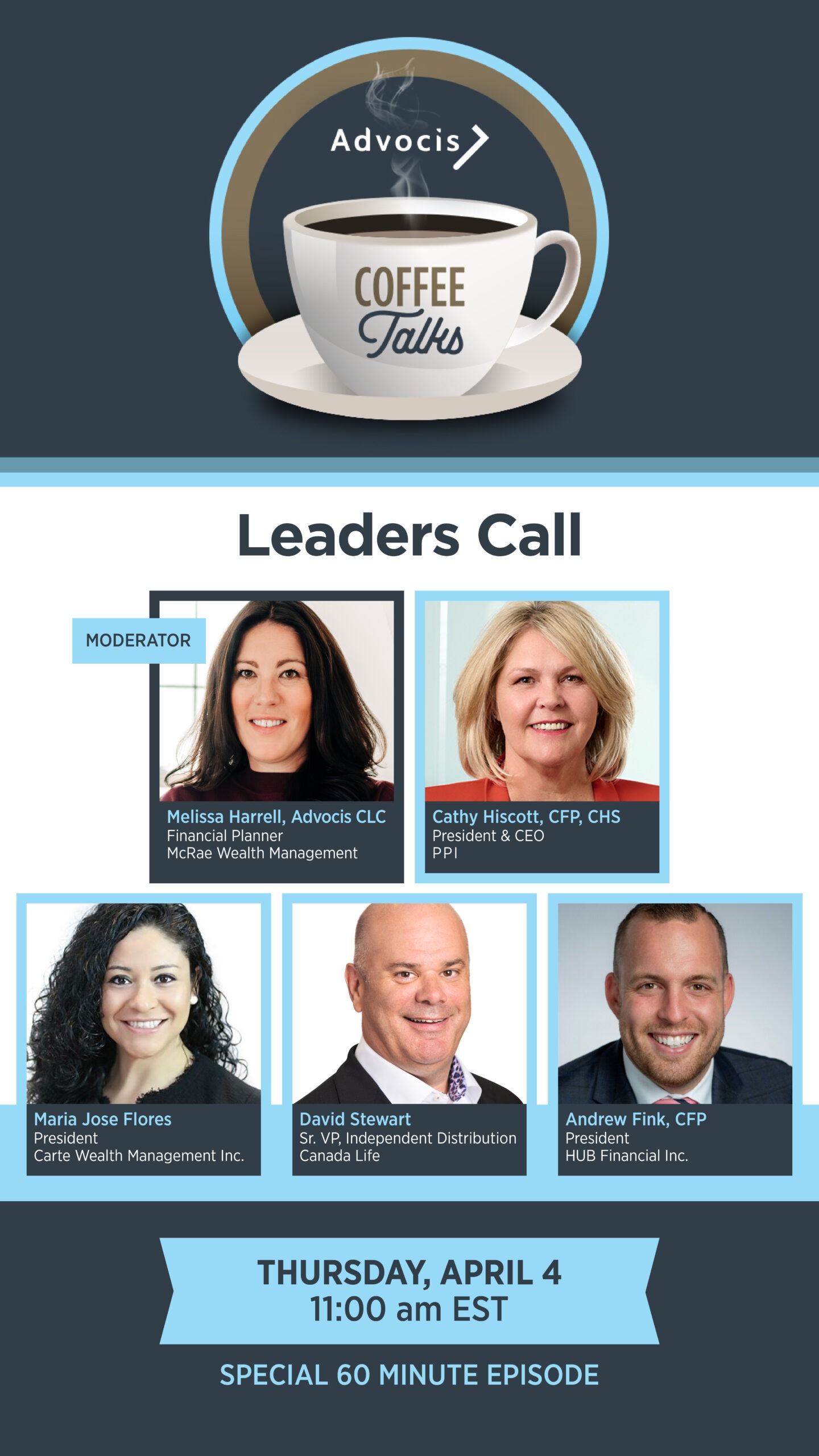(From the July 2020 Edition of eFORUM)
By Bryce Sanders
Client newsletters are a popular way of communicating with clients and staying top of mind. We want clients to connect hearing from us with learning something new. Newsletters can be a way to do this. But there are myriad choices, and depending on your client base, you’ll have to figure out which type will work best for your client base. Here are some examples.
1. The printed newsletter.
It sounds archaic, but that describes the Wall Street Journal and Barron’s. They are newspapers; one is published daily and the other weekly. Magazines fit into this category. You might belong to community organizations that mail quarterly newsletters to members.
Pros: They are tangible. They have a longer shelf life than an email. They can be saved and read later. They can be revisited. Your name is in their home.
Cons: They are expensive to produce and mail. There’s a lag time between the moment words are typed on paper and the publication is opened by the client.
2. The firm’s eNewsletter.
For many, this might be your only option. The firm has a standardized format. It’s the same for everyone. Your name and photo are inserted. It’s delivered via email.
Pros: It’s a turnkey operation. It’s all been compliance approved. Many people in the background have worked to make it relevant and interesting. Market analysis is done by pros.
Cons: It’s boilerplate. You might cultivate a target market, like IT executives or physicians. The content your target market gets is the same every other firm client gets if they receive the eNewsletter. You know something is impersonal when they say: “Take me off your distribution list.”
3. Outside-sourced eNewsletter.
Maybe you’re an RIA. The firm doing your clearing either doesn’t have a newsletter or doesn’t require you to use theirs. You sign up with a third-party provider. Logically, they specialize in the financial services industry. Maybe you have the ability to pull content from a compliance-approved archive, which allows you to customize content for your target audience.
Pros: You have a choice among providers. Everyone at your (clearing) firm isn’t getting the same newsletter. Maybe you choose one provider because you like the style of their market commentary. You can even add recipes or golf tips from their menu.
Cons: This comes at a price. You aren’t able to insert your own content.
4. Your own eNewsletter.
You write the entire thing. You include the content you want. Perhaps you have a retirement version and a young parent version, going to different sets of clients. It includes your personal market analysis and advice.
Pros: It’s really you. It’s incredibly personalized and targeted.
Cons: This may be a fantasy because of expense and the incredible amount of time required to produce timely content, get through compliance approval, and get it pushed out. You are in the business of managing portfolios and client relationships, not copywriting and editing.
5. The video newsletter.
It’s another third-party service you would buy, branded for your practice. The client gets an email that basically says: “Watch this video.” It might run one to three minutes.
Pros: It engages the client on a different level. They are seeing a person talking or a series of charts and slides with a voiceover.
Cons: It requires an investment of time. You don’t know what’s in the message until you watch/listen to it. Many people are too busy to watch it when they get it.
6. The list of links.
As the advisor, you review many websites. You find articles you feel are relevant for your clients. You send an email that says: “Here are three articles I think you will find interesting.”
Pro: Someone else is doing the work. You aren’t paying to produce a newsletter yourself or buying a third-party product. You are working under the logic that linking to articles is OK, since the link takes you away from the email and over to another place, the site where the article ran.
Cons: You are investing time finding these great articles. Compliance may not approve of your approach. Do they like the articles you selected? Is sending clients links allowable in all circumstances?
7. The basic email.
It sounds almost too simple. You compose a short, five-line email that explains what the market did, why it did it, and what you think the future looks like. You cite references.
Pro: It’s brilliant because most people want to know, “How is my stuff doing,” and “Is anybody watching my stuff?” In good times, it almost seems unnecessary. “Calm seas, steady as she goes” sort of thing. However, it establishes a routine — the client will hear from their advisor on Friday of every week. When markets get choppy, those emails might come every other day. The frequency of information is increased as the need for information increases.
Cons: It takes effort, but it also requires a compliance approval process where lots of trust is involved. It needs a fast turnaround, including time for revisions.
Bryce Sanders is president of Perceptive Business Solutions Inc. He provides HNW client acquisition training for the financial services industry. His book, Captivating the Wealthy Investor can be found on Amazon.com.








